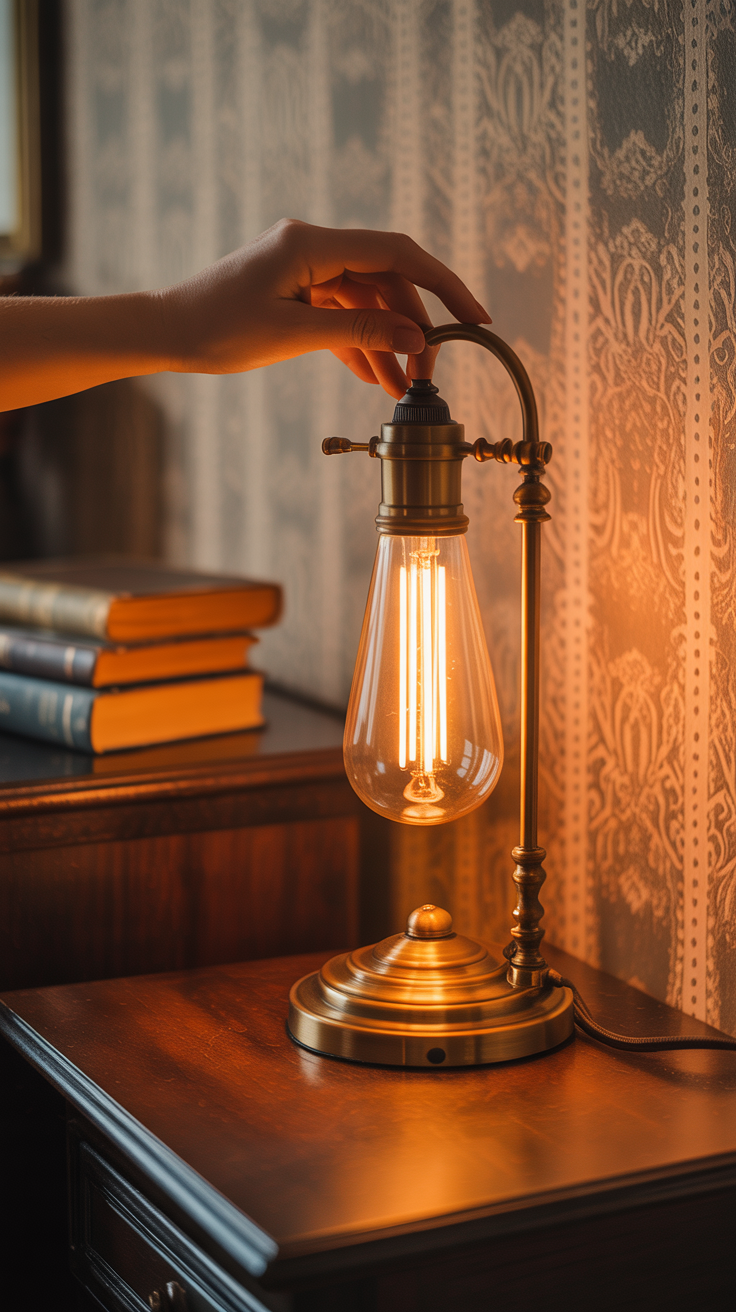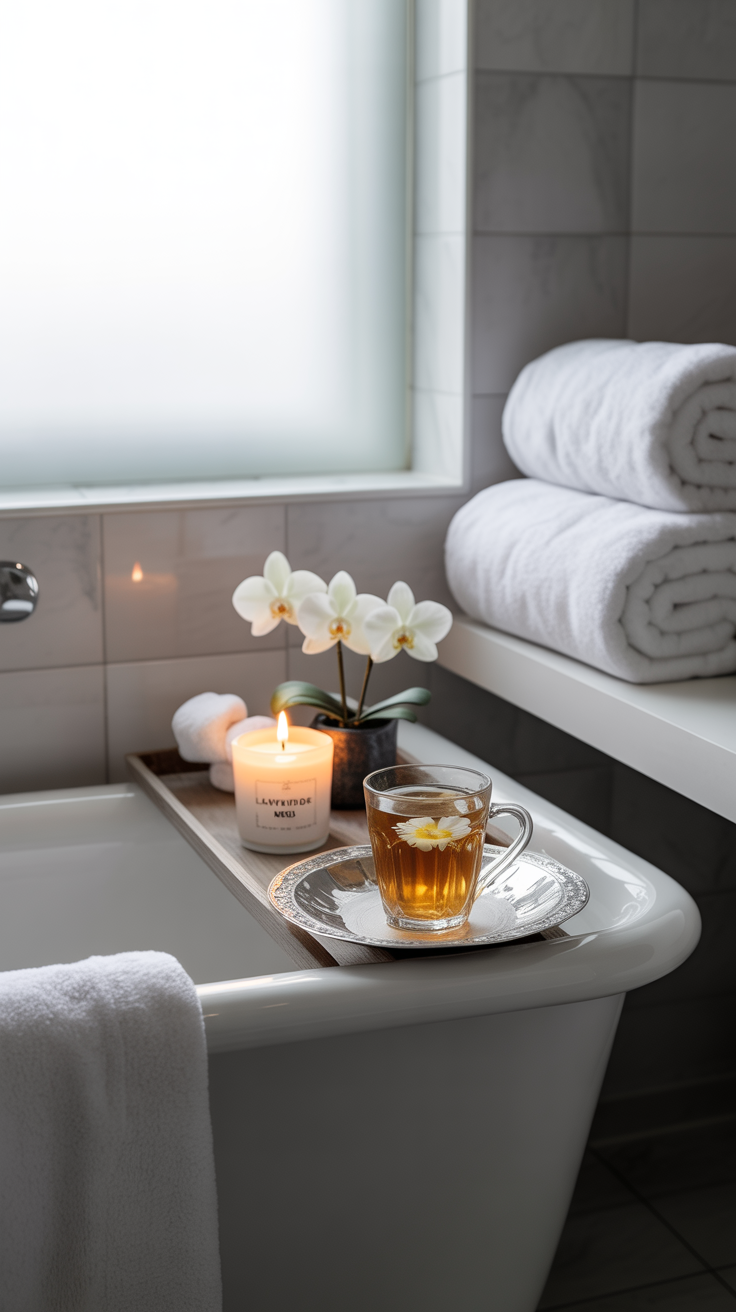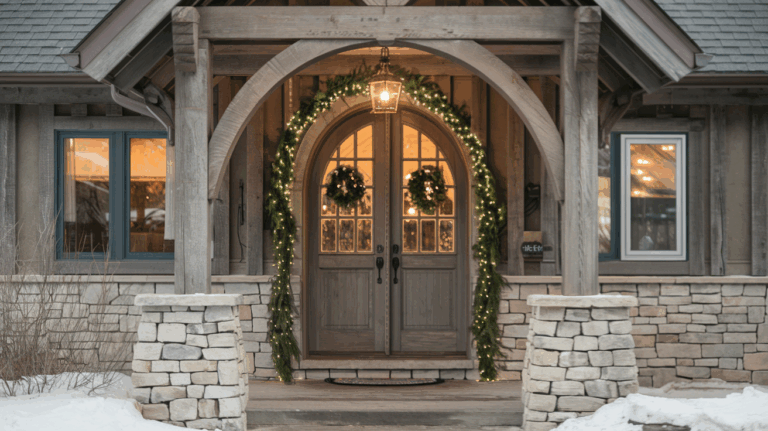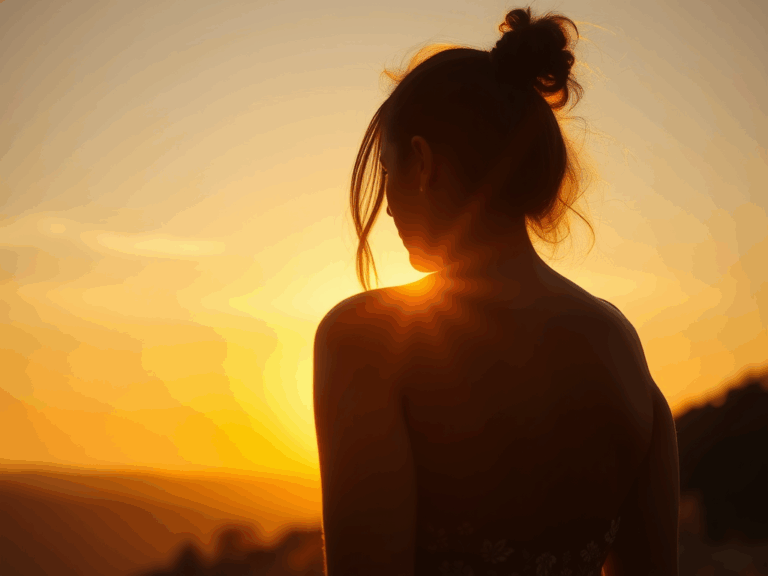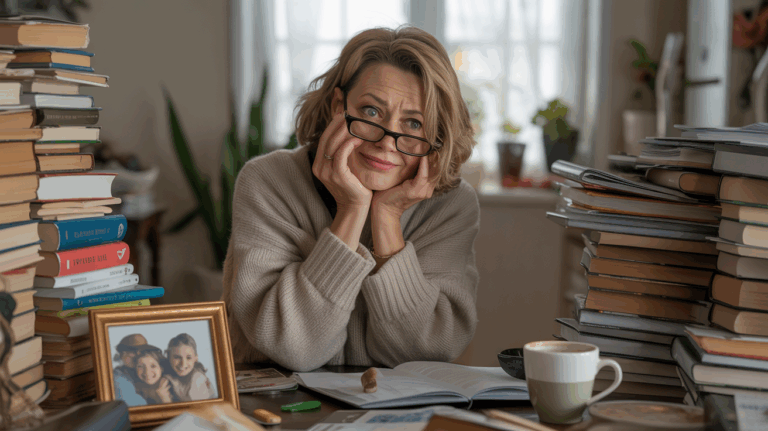Why Your Health Hinges on the Light You See: Insights from Dr. Martin Moore-Ede
Light isn’t just about seeing clearly. It’s about living healthily.
Most people think light is simply for vision. They’re wrong. Light is medicine. Light is poison. Light can heal you or slowly kill you.
Dr. Martin Moore-Ede has spent over 40 years studying how light affects our health. As a former Harvard Medical School professor, he led the team that discovered the suprachiasmatic nucleus – your brain’s master clock.
His research reveals a startling truth: The wrong light at the wrong time is making us sick. And most of us have no idea it’s happening.
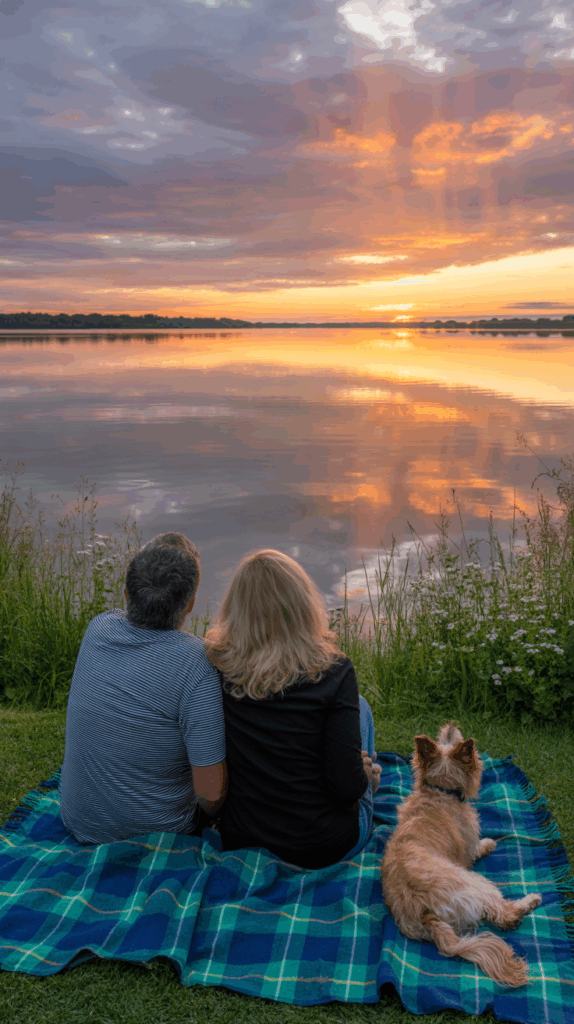
The Man Who Discovered Your Body’s Master Clock
Moore-Ede isn’t just another health guru. He’s the scientist who literally discovered how your body keeps time.
In the 1970s, working at Harvard Medical School, he identified the suprachiasmatic nucleus. This tiny cluster of neurons in your brain controls your entire circadian system. It’s your biological master clock.
This discovery changed everything we know about human health. Before Moore-Ede’s work, doctors treated symptoms. Now we understand that light controls the timing of nearly every biological process in your body.
Moore-Ede has published over 250 scientific papers. He’s advised NASA on astronaut health. He’s consulted for major corporations on workplace lighting. He’s spent four decades proving one simple truth: Light controls your life.
Your Internal Clock Controls Everything (And I Mean Everything)
Moore-Ede pioneered research on how light regulates and disrupts our circadian clocks. These internal timekeepers don’t just control sleep. They influence:
- Hormone production and timing
- Immune system function
- Metabolism and weight regulation
- Mental health and mood stability
- Cancer risk and tumor growth
- Heart disease and blood pressure
- Diabetes and insulin sensitivity
- Cognitive performance and memory
- Aging and cellular repair
Harvard research shows that daylight keeps our internal clock aligned with the environment. When this alignment breaks down, health problems follow.
Think about it this way: Your body expects certain things at certain times. It expects bright light during the day to stay alert. It expects darkness at night to repair and restore.
When you mess with these expectations it causes confusion. Your body doesn’t know how to handle artificial light at midnight. It thinks the sun is shining and responds accordingly.
The result? Your biology goes haywire.
The Blue Light Crisis: How Modern Lighting Is Poisoning Us
Modern lighting creates a major health hazard. Blue light from electronic devices suppresses melatonin, the hormone that regulates our circadian rhythm.
This isn’t just about feeling tired. Studies suggest links between nighttime light exposure and diabetes, heart disease, and obesity.
But here’s what most people don’t understand: Not all blue light is bad. You need blue light during the day. It keeps you alert, improves mood, and synchronizes your circadian rhythm.
The problem is blue light at night.
Research confirms the mechanism: Blue light around 460-480nm is particularly effective at disrupting our circadian clock. Studies show this wavelength suppresses melatonin most powerfully.
Your phone screen emits this exact wavelength. So does your TV. Your LED lights. Your laptop. Every modern device is basically a circadian disruption machine.
Moore-Ede calls this “circadian toxicity.” Just like chemical toxins poison your liver, light toxins poison your sleep.
The Hidden Epidemic: What Happens When Light Goes Wrong
Blue light exposure before bedtime creates circadian disruptions that result in deteriorated sleep quality and duration. This leads to negative effects on mood, learning, memory, and performance.
But the damage goes much deeper than poor sleep.
When your circadian rhythm gets disrupted, your entire hormonal system gets confused. Cortisol spikes at the wrong time. Growth hormone doesn’t release properly. Insulin sensitivity crashes.
The damage compounds over time. Poor sleep affects:
- Cognitive Function: Your brain literally shrinks without proper sleep. Memory consolidation fails. Decision-making deteriorates.
- Emotional Regulation: Sleep deprivation makes you more reactive, more anxious, more depressed. Your emotional control centers shut down.
- Physical Recovery: Muscle repair happens during sleep. Skip sleep, skip recovery. Your performance suffers.
- Disease Resistance: Your immune system resets during sleep. Chronic sleep disruption leaves you vulnerable to infections, cancer, and autoimmune diseases.
Studies show that people exposed to bright light at night have higher rates of breast cancer, prostate cancer, and colorectal cancer. The connection isn’t coincidental – it’s biological.
Melatonin doesn’t just make you sleepy. It’s a powerful antioxidant that helps prevent DNA damage. When blue light suppresses melatonin, you lose this protective effect.
The Shift Work Studies: Proof That Light Timing Matters
Moore-Ede studied shift workers extensively. These workers live in constant circadian disruption. They work under bright lights at night and try to sleep during the day.
The health consequences are devastating:
- 40% higher risk of heart disease
- 50% higher risk of diabetes
- Doubled risk of certain cancers
- Higher rates of depression and anxiety
- Increased accidents and errors
- Shorter life expectancy
The World Health Organization now classifies shift work as a “probable carcinogen.” The evidence is that strong.
But here’s the key insight: You don’t have to work night shifts to experience circadian disruption. If you use screens at night, you’re essentially doing shift work. You’re exposing yourself to the same biological stressors.
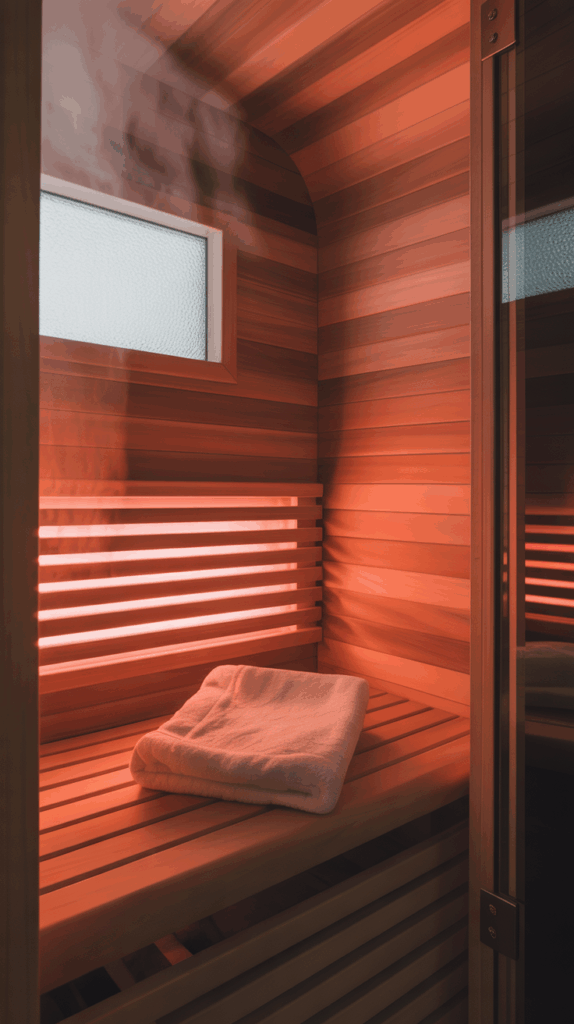
The Solution: Smart Light Management (Not Light Avoidance)
Moore-Ede developed the first healthy white circadian lighting that automatically switches between blue-rich light during the day and zero blue light at night.
The strategy is simple but powerful. It’s not about avoiding light – it’s about getting the right light at the right time.
During the Day:
- Seek bright, blue-rich light immediately upon waking
- Get natural sunlight exposure within 30 minutes of rising
- Use full-spectrum lighting indoors (at least 1000 lux)
- Keep workspace brightly lit throughout morning and afternoon
- Take outdoor breaks when possible
At Night:
- Minimize blue light exposure 2-3 hours before bedtime
- Use warm, red-spectrum lighting (below 3000K color temperature)
- Install blue light filters on all screens
- Consider blue light blocking glasses for necessary screen time
- Keep bedroom completely dark during sleep
Light therapy using blue light can help treat sleep disorders by realigning circadian rhythms. But timing is everything.
Morning light exposure advances your circadian phase. Evening light exposure delays it. Most people need more morning light and less evening light.
Shop this post:
The Technology Revolution: How Moore-Ede Is Changing Buildings
Moore-Ede didn’t just identify the problem – he created solutions.
His company developed circadian lighting systems for hospitals, schools, offices, and homes. These systems automatically adjust color temperature throughout the day.
In the morning, lights emit blue-rich white light (6500K color temperature). This suppresses melatonin and increases alertness.
In the evening, lights gradually shift to warm amber tones (2700K or lower). This allows natural melatonin production and prepares the body for sleep.
The results are dramatic:
- Hospital patients recover faster with proper lighting
- Students perform better in classrooms with circadian lighting
- Office workers report improved sleep and energy
- Elderly residents in care facilities show reduced depression and better sleep patterns
One study in a cardiac intensive care unit found that patients under circadian lighting had 30% shorter stays and needed less pain medication.
Why This Matters More Than Ever: The Modern Light Crisis
We’re living in an unprecedented lighting environment. Our ancestors lived by the sun’s natural rhythm. They woke with dawn and slept with darkness.
We live under artificial lights that confuse our biology. We get dim light during the day (sitting indoors) and bright light at night (screens and LED bulbs).
It’s the worst possible combination for circadian health.
Moore-Ede advocates for healthy lighting in homes, workplaces, schools, hospitals, and retail stores. This isn’t just personal health – it’s public health.
Consider the scope of the problem:
- Americans spend 90% of their time indoors under artificial light
- The average person looks at a screen for 7+ hours daily
- LED lights (which emit high levels of blue light) are replacing all other lighting
- Children are exposed to screens earlier and for longer periods than ever before
The research is clear: Badly timed light exposure disrupts human circadian rhythms with potential health and environmental impacts.
But here’s the opportunity: Small changes in lighting can produce massive improvements in health.
The Economics of Light: Why Bad Lighting Costs Billions
Poor lighting isn’t just a health problem – it’s an economic disaster.
Sleep disorders cost the U.S. economy over $400 billion annually in lost productivity, medical expenses, and accidents.
Workplace lighting improvements can:
- Reduce absenteeism by 25%
- Decrease workplace accidents by 50%
- Improve productivity by 15-20%
- Lower healthcare costs significantly
For individuals, better sleep means:
- Higher income potential (well-rested people earn more)
- Lower medical expenses
- Improved relationships and quality of life
- Better physical appearance and confidence
The investment in proper lighting pays for itself quickly.
Take Action Today: Your Light Exposure Protocol
You can start improving your light exposure immediately:
Morning Protocol:
- Get 10-30 minutes of sunlight within 1 hour of waking
- If cloudy, use a 10,000 lux light therapy device for 20-30 minutes
- Keep workspace bright throughout the morning (aim for 1000+ lux)
- Take outdoor breaks when possible
Daytime Protocol:
- Maximize natural light exposure
- Use full-spectrum LED bulbs indoors
- Sit near windows when working
- Take walking breaks outside
Evening Protocol:
- Install blue light blocking apps on all devices (f.lux, Night Shift)
- Switch to warm lighting 2-3 hours before bed
- Consider blue light blocking glasses for necessary screen time
- Use salt lamps or red LED bulbs for evening lighting
Nighttime Protocol:
- Make bedroom completely dark (blackout curtains, eye masks)
- Remove all electronic devices with LED displays
- Use red night lights if needed for navigation
- Keep room cool (65-68°F optimal)
Advanced Strategies:
- Install programmable circadian lighting systems
- Use light meters to measure your daily exposure
- Consider professional circadian rhythm assessment
- Optimize your entire environment (workplace, home, bedroom)
The Future of Light and Health
Moore-Ede’s work is just the beginning. Scientists are discovering new connections between light and health every day.
Emerging research shows light affects:
- Gene expression (thousands of genes follow circadian patterns)
- Gut bacteria (your microbiome has circadian rhythms)
- Athletic performance (timing training with circadian rhythms improves results)
- Drug effectiveness (medication timing matters for circadian biology)
- Longevity (circadian disruption accelerates aging)
The future will bring:
- Personalized lighting based on genetic testing
- Wearable devices that optimize light exposure
- Smart buildings that automatically adjust to occupant needs
- Light therapy treatments for depression, dementia, and cancer
- Urban planning that considers circadian health
Your health truly does hinge on the light you see. Make it count.
The science is clear. The solutions exist. The only question is: Will you take action?
Start tonight. Turn off those screens two hours before bed. Your future self will thank you.
For more information on circadian lighting research, visit the Circadian Light Research Center or explore Dr. Moore-Ede’s work at The Light Doctor.
References
- Harvard Health: Blue light has a dark side
- PMC: The influence of blue light on sleep, performance and wellbeing
- Systematic review of light exposure impact on human circadian rhythm
- Blue light from LEDs suppresses melatonin in humans
- Effects of blue light on circadian system and eye physiology
- Circadian rhythms and shift work: Current issues and future directions
- Light therapy for sleep disorders and depression
- Economic impact of inadequate sleep
